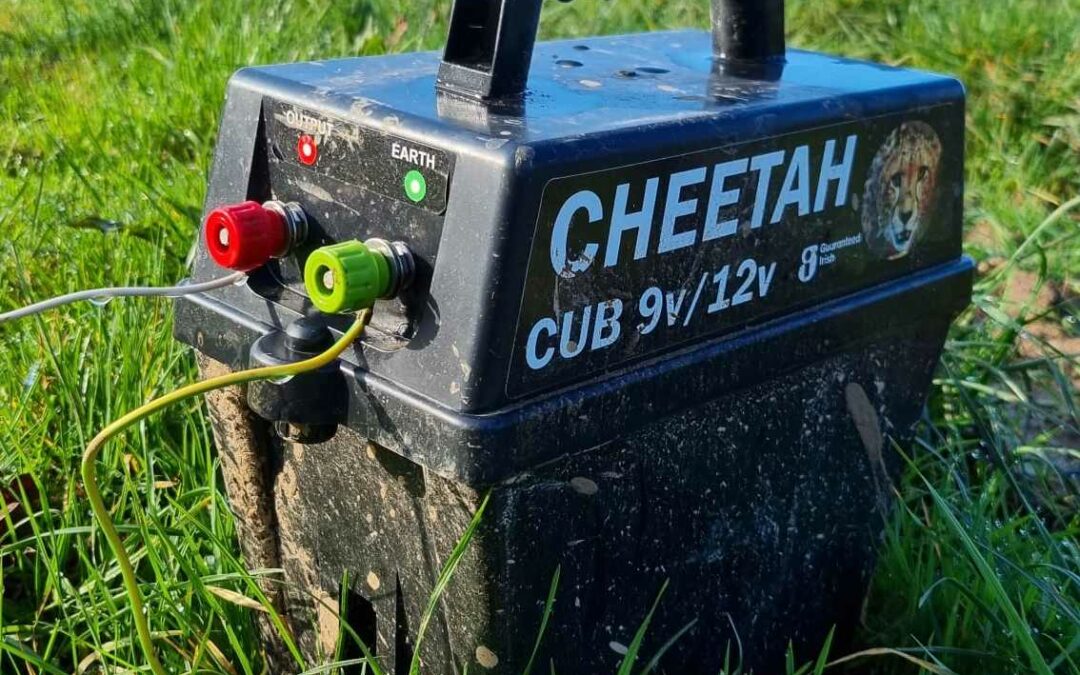The inclement weather conditions have made the target of 33% grazed by 1st March an a challenging goal for many. Ground conditions vary from farm to farm but recent wind and rain proved to be tough on stock, especially those early turned out. A week to 10 days is also added to targets for flexibility, but for those with wetter ground, this also seems unachievable.
As land conditions deteriorate, some farmers have resorted to rehousing cattle. A less than ideal circumstance as the focus therefore turns to extending or buying extra winter feed.
Adapting the yearly grazing plan
While waiting for a return of dryer weather, farmers should adapt their overall yearly grazing plan and extend targets where needed. Flexibility with rotation planning is important. To avoid extra costs, aim to get cattle back on land as soon as possible. Walking the land and grass measuring are both recommend to give greater insight into ground that may be suitable for grazing.
With adapting the rotation plan, farmers may turn to their DIY fencing materials to change the shape and number of paddocks. When getting paddocks ready it is important to take some factors into consideration. Along with using good quality fencing materials, an electric fence is essential at this time of year.
As April shapes up to be a busy month for slurry, fertiliser etc, now is the time to get organised and prep jobs where possible.
FRS Fencing has the following helpful guidelines for farmers to follow when setting up new paddocks with a fencer:
Firstly, ensure the fencer has adequate voltage. Pick an electric fence unit capable of giving enough of a “shock” taking into consideration the length of wire being powered. Ideally aim for 4,000 – 5,000 volts on the fence line, keeping in mind most electric fences give out 5,000 to 8,000 volts. For dairy cows the minimum is 2,000 volts, cattle is 3,000 volts and sheep is 4,000 volts.
Having a good earth system is also important for installing your fencer. This can be one of the most neglected elements of electric fencing on many farms. Be sure to look at the Electric Fencer Manufacturer recommendations and use enough galvanised earth bars. Large fencers may need up to 10 earth bars spaced 2 to 3 metres apart. Don’t forget to ensure that all connections are tight.
Farmers must also consider the position of electric fencer earth bars. It is very important that the earthing system for the electric fencer is kept well away from all ESB and domestic earth systems. The earthing bars should also be positioned away from buildings like the milking parlour.
If using a lead out cable, it is also important to use the correct one. A 2.5 mm insulated galvanised lead out cable from your fencer unit to fence line and to your earth system is recommended. Once again, ensure all connections are tight.
Contact FRS Fencing
FRS Fencing have serviced the contract fencing needs of farmers for over 40 years and provide top quality DIY fencing materials and supplies coupled with expert fencing advice. For more information about the equipment you may need for a DIY fencing kit you can contact your local FRS Fencing office. Visit frsfencing.ie for more details.

